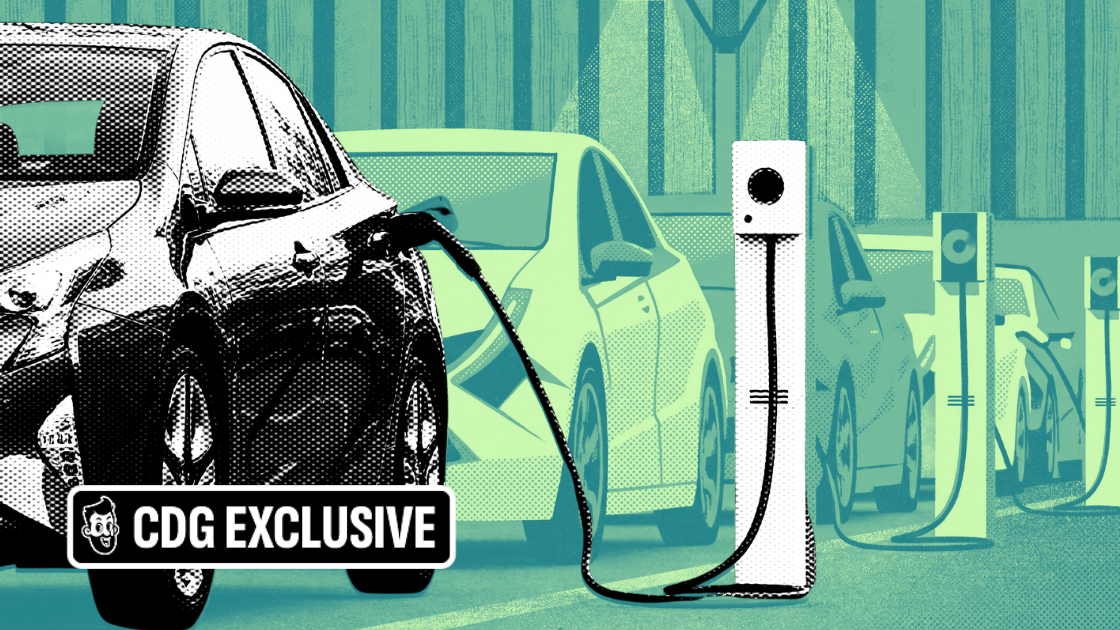
Honda is shifting its battery strategy to avoid U.S. tariff costs, just as the impact of the levies on the auto industry begins to take hold.
The details: The Japanese automaker will now procure batteries for the hybrid vehicles it sells in the U.S. from Toyota’s battery manufacturing facility in North Carolina. Honda currently sources the batteries from Japan and China.
Under the plan, approximately 400,000 Honda hybrids to be sold in the U.S. would be equipped with batteries built at Toyota’s U.S. plant.
The North Carolina battery facility—which Toyota is funding with a massive $14 billion investment—is expected to start supplying batteries for hybrid vehicles in April.
Honda’s decision to procure its batteries from the Toyota U.S. facility comes as the industry anticipates President Donald Trump imposing a 25% on auto imports from Japan from the current 2.5%. That’s on top of the additional 10% tariffs enacted on China in early February.
Why it matters: Industry experts estimate that the tariffs could raise the cost of an electric vehicle sold in the U.S. by $12,000. Honda Global EVP Shinji Aoyama has said that the overall impact on the company from the tariffs going into effect this month could be $132.7 million.
Between the lines: Honda’s decision to procure its batteries from Toyota’s U.S. facility aims to mitigate the damage of the tariffs on what has become a major part of Honda’s business operations and the company’s future growth.
In 2024, Honda’s U.S. hybrid vehicle sales hit 308,000 units, which was 22% of the total 1.42 million vehicles the automaker sold in the U.S.
Honda seeks to increase its global hybrid vehicle sales (excluding China), by 50% from 2024 to 1.3 million units by 2030.
Hybrids have become a key part of many automakers’ product strategy (amid waning interest in all-electric vehicles), with total hybrid sales in the U.S. hitting 1.9 million vehicles in 2024.
Bottom line: Honda’s efforts to mitigate the impact of the tariffs on its hybrid vehicles could put the brand in a much better position than some of its competitors in the U.S. market when it comes to dealer inventory and vehicle pricing.
Become an automotive insider in just 5 minutes.
Get the weekly email that delivers transparent insights into the car market.
Join 90,000+ others now, it's free:
Courtesy transportation is no longer a nice-to-have.
It’s a need-to-have.
That’s why 80% of dealership respondents agree that providing courtesy rides with Uber has helped retain customers, based on Uber’s survey of 79 organizations in 2023.
With Central, you can request an Uber ride on behalf of your customers, even if they don’t have the Uber app. Car dealerships love using Uber because it’s a simple way to offer white-glove customer service, supplement loaner cars or shuttles, and manage parts pickup and delivery.
Dealers can request one-way or round-trip rides, add multiple riders and locations, set spend caps, and even monitor trips in real time.
Plus, you'll get monthly reports to keep track of everything.
If you’re ready to reduce the costs associated with maintaining shuttles and limit the liability of loaner vehicles, it's time to partner with Uber for Business.











